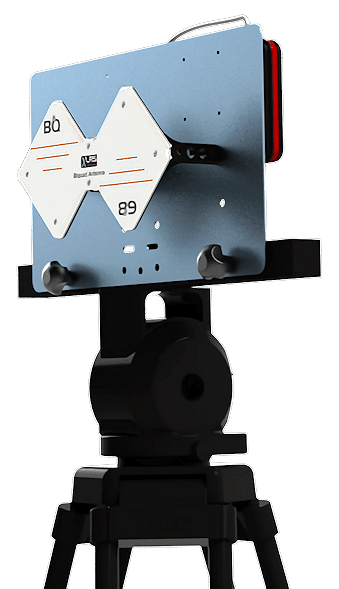Warnings
Warnings

Before using the DL1V2 system you should review the following:
It is important to ensure that the antennas are always connected correctly and that they do not become damaged or become detached during the operation of the aircraft or vehicle.
Orientation and Position of the antennas: The orientation of the antennas is also important to ensure a good signal quality. The antennas must be oriented in such a way that obstacles are minimized and the line of sight between the aircraft or vehicle (DL1RXV2) and the ground station (DL1TXV2) is maximized.
If you use the omnidirectional antennas you should always place them in a vertical position.
In case of using a directional antenna or similar in the TXDL1V2, make sure that it is correctly installed and oriented.
Functional tests: Before using the data link system in a real operation, it is important to carry out functional tests to make sure that everything is working correctly. This includes carrying out data transmission and reception tests, as well as range and connection tests.
Interference Risk: It is important to note that the data link system uses radio waves to transmit data. If there are other electronic devices nearby or place a similar module nearby that also use radio waves and are transmitting on the same frequency and at high power, in some cases they can interfere with the signal and affect the quality of data transmission, check the signal of RF noise displayed on the DL1TXV2.
It is important to ensure that the data link system is configured to operate on a transmission frequency that is not susceptible to interference from other devices.
Tripods: If the DL1TXV2 is mounted on a tripod, ensure the stability of the tripod to avoid accidental falls that can cause serious damage to DL1TXV2. If necessary, use steel cables fixing them to the ground.
Transport: Avoid shock during transportation or operation, some of the components may be damaged.